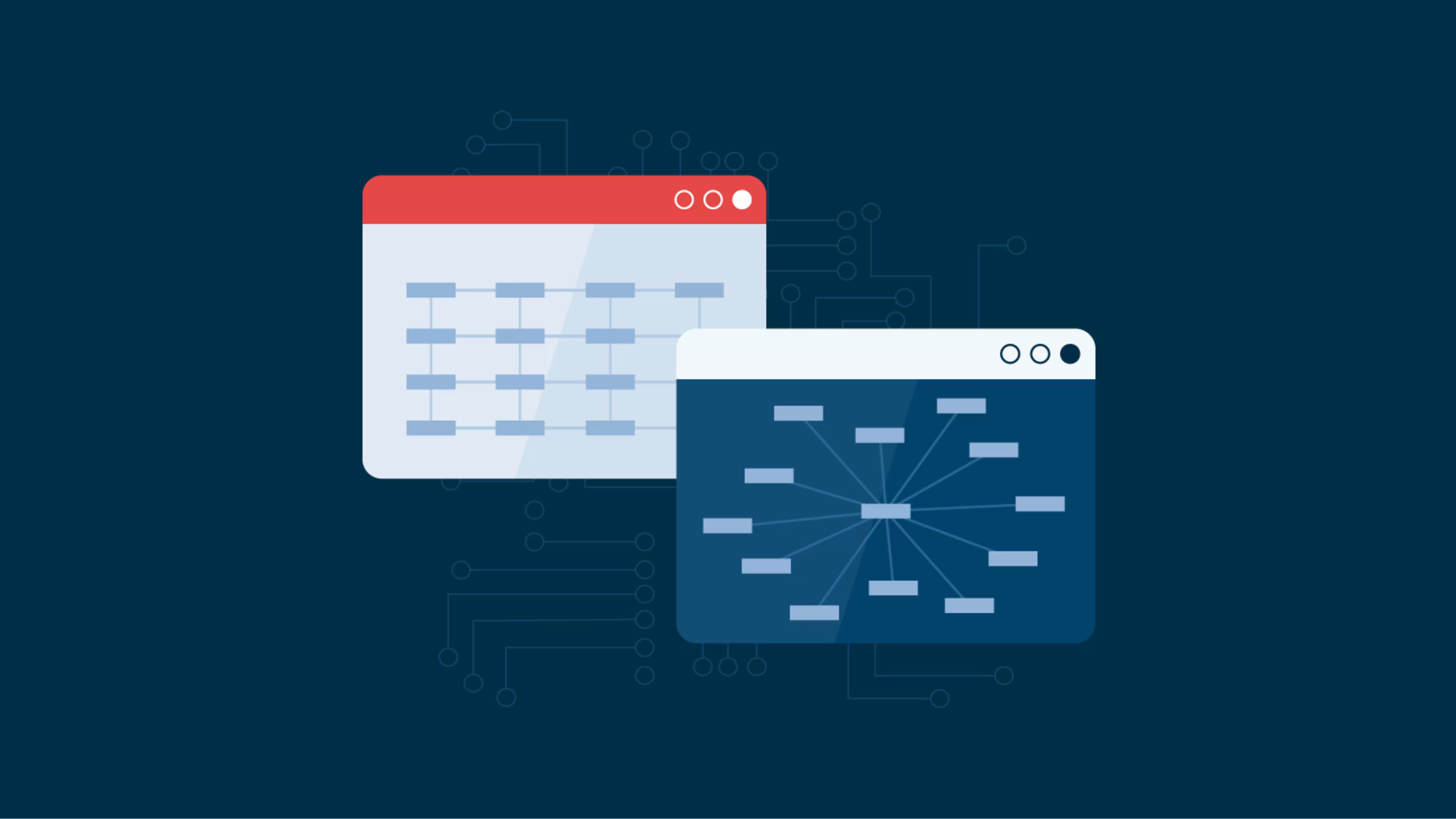All data isn't created equal, so you need to know the difference.
Irrespective of the business you’re in, you’ve probably heard the word "data" more times than you care to think about. Data is important to every business, but the quality of data is what makes a difference. Data is good only if it is recorded accurately and is easily retrievable and sortable.
Data can be of different types; structured and unstructured data is one such example. Understanding the differences between structured data and unstructured data will help you collect, sort, and interpret data accurately.
What is structured data?
Structured data is data that is organized into a predefined searchable format, such as a Word document or an Excel datasheet, after being placed in some sort of repository. Due to its searchable nature, structured data is sortable, retrievable, and can be manipulated and extrapolated for your purposes.
In addition, structured data is retrievable. That means you can easily access the data to find what you need, such as a specific measurement or the total of an equation. Structured data can be in the discrete or continuous form (e.g., exact numbers or measurements on a scale). It can also be a positive or negative integer. Indeed, the form of data is irrelevant to the structure of data.
Let's say you want to measure a user’s feelings about your business. To determine that, you conduct surveys and collect responses on a numerical scale of 1 to 5. The responses are predefined (1 to 5), and all of them can fit into a spreadsheet.
Also, the data on the spreadsheet can be analyzed to get insights such as the average and mean. This is an example of structured data. It’s easy to observe and manipulate, and you can use it for mathematical calculations.
Some other examples of structured data include:
Size or weight measurements
Poll results
Answers to yes or no questions
What is unstructured data?
Unstructured data is any data that doesn't meet the qualifications of structured data. Therefore, it’s often referred to as "anything else." Also, it isn’t placed in a sortable database.
Unstructured data is not faulty in any way; it’s internally consistent. Businesses can use it, but usage may be challenging because of the unstructured format. Since this data doesn't fit into a database that allows for easy sorting, it creates challenges for data manipulation. But using it isn't impossible. It simply requires specific and additional context.
Some examples of unstructured data include:
Weather reports
Voice or audio recordings
Security videos
Screenshots
Structured and unstructured data: Similarities and differences
Structured data and unstructured data have a few things in common. Both allow you to make observations, draw potential conclusions, and gain a better understanding of a certain issue. However, their differences far outweigh the commonalities.
Let's say you’re trying to understand consumer behavior within the premises of your store. You use security camera footage—which is unstructured data—to see what customers do after entering your store. You watch hours of video footage to get the information you want.
However, you can also use structured data for the same purpose. You can observe how long each customer spends at your store. You can then put that observation into a database to sort and average the collected figures. In addition, you could contextualize the data with other factors such as the time of day, the occasion (e.g., holiday season), or whether or not you are running discount offers.
You must have realized that solving the same question is much easier using structured data than unstructured data. Structured data can be used for advanced computer algorithms. In the example above, a computer algorithm can help determine which variables lead to customers spending more time at your store.
That said, structured data is not as flexible. It doesn’t lend itself to questions that require open-ended problems or observations (e.g., where a customer looks in a store or eye movement when navigating a website). There’s no question that unstructured data is preferable in such instances. Furthermore, not all problems easily lend themselves to structured data. In some cases, collecting raw data in an unstructured format is often necessary.
Leveraging structured data vs. unstructured data
This understanding is critical for business owners who regularly use data. Now that you understand the difference, the key question is: How does it apply to your business? There’s no set answer for a small business owner like you. However, you must understand the way data impacts your business.
